Tl; dr;
- Real qualitative and quantitative data as foundation: Base customer personas on actual data from surveys, interviews, and analytics to ensure they reflect true customer traits and behaviors.
- Collect customer feedback with surveys: Online surveys can pinpoint user friction points, helping to create personas that address and minimize user pain points effectively.
- Continuous evolution: Customer personas should evolve with market trends and consumer behavior changes to remain relevant and effective.
- Demographics and psychographics: Include both demographic information and psychographic characteristics to capture a complete view of the persona's identity and motivations.
- Practical application: Use personas to tailor your marketing, guide product development, optimize customer experience, and refine sales techniques for targeted engagement and higher conversions.

Embarking on a journey to craft a customer persona can feel like piecing together a puzzle, where each piece is a crucial insight into your audience's world.
If you're a marketer seeking to resonate deeply with your target market, this guide is your blueprint.
By the end of this article, you'll be equipped with the knowledge to create personas that inform and inspire your strategies, leading to more meaningful customer connections.
Let's go 🛴
What is a customer persona?
Customer persona is an archetypal representation of your ideal customer. Customer personas are based on research and data about your existing customers and help predict behavior and preferences.
Why is creating customer personas important?
- Targeted marketing: By understanding who your customers are, you can create a more effective marketing strategy that resonates with your audience.
- Product or service development: Personas inform product or service features and design, ensuring that they meet the needs of your target market.
- Enhanced digital customer experience: Knowing your customers' needs and concerns allows you to tailor the customer journey and enhance satisfaction.
Customer persona vs. buyer persona
A customer persona is a composite sketch of a target market segment, informed by market research and customer data. You create personas to guide marketing, product development, and customer experience strategies. It provides a broad understanding of customers' lives, values, and interactions with the brand.
In contrast, a buyer persona is a more detailed profile that zeroes in on the attributes that influence the purchasing process. Buyer personas are often considered a more focused aspect of the customer persona. It details the buyer's role, specific pain points, evaluation criteria, and objections.
The key distinctions are scope and application: customer personas encompass overall customer-brand engagement while buying personas focus on transactional decision-making.
Customer personas are useful for general marketing and service initiatives, whereas buying personas serve sales and conversion optimization, offering granular insights into purchasing dynamics.
When crafting your persona, consider the following:
- Use real data: Gather information through surveys, interviews, and web analytics.
- Focus on details: The more detailed the persona, the more valuable it is.
- Remember flexibility: People change, and so should your personas.
Keep your personas accessible and actionable; every team member should understand them. You’re not just creating a profile but building a foundation for connecting with your real-life customers.
How to conduct persona research?
The customer persona development process involves a detailed profile that reflects your ideal customer. This profile guides your marketing strategy, making it more targeted and effective.
Creating a customer persona requires gathering and analyzing data to form a clear picture of your ideal customer.
Here's how to conduct effective persona research ⤵️
Review existing data for data-driven insights
Start by analyzing your current customer base. Look at CRM data, website analytics, and social media insights to understand customer behavior on a larger scale.
This data informs you about general patterns, such as the most frequented pages on your website, or demographic information, such as age ranges and geographical locations.
Use this information to refine your customer personas, ensuring they align with your target market's real characteristics.
Conduct online surveys and interviews
Direct feedback is invaluable. Use surveys and one-on-one interviews for qualitative research to collect actionable insights. Ask about challenges, goals, preferred channels for information, and factors influencing their buying decisions.
You can use Survicate's surveys to collect customer feedback that will help you in creating personas.
Email surveys are great to collect detailed feedback, while pop-up microsurveys are ideal to gather quick contextual feedback.
You can also use it to design customer feedback loops within your digital journey map. ⤵️
Design feedback loops
Construct feedback loops through surveys, customer interactions, and social media engagement to validate the assumptions made from your quantitative data.
This qualitative information provides nuanced details that numbers alone cannot, such as customer motivations or pain points.
For instance, you might discover that a customer segment prioritizes good support over price, a detail you can only capture through direct feedback.
Utilize social listening
Monitor social media and online forums to understand the conversations and sentiments around your brand, products, and industry.
Analyze competitor landscape
Research your competitors' customers to identify gaps in the market and opportunities to differentiate your brand.
Segment your audience personas
With insights in hand, segment your audience into homogenous groups with common characteristics.
Effective segmentation allows you to tailor marketing efforts to each persona's needs and preferences. You might segment your audience based on the following:
- Purchase behavior: Frequency, categories of interest, and spending levels.
- Customer engagement level: Active engagers vs. passive observers on your platforms.
- Customer lifecycle stage: New leads, returning, or loyal customers.
These segments should be represented within your updated customer personas, facilitating a more targeted approach in your marketing and product development efforts.
Create hypotheses
Based on your findings, form hypotheses about your customer personas that you can test and refine over time. You can use them for creating persona-specific content, experimenting in the sales funnel, or creating features.
Validate and refine your ideal customer persona
Revising customer personas is crucial to maintaining the accuracy and effectiveness of your marketing efforts. As markets evolve, so too should your personas to reflect the continuous changes.
Keep validating your assumptions through A/B testing, further customer interviews, and tracking how well your marketing messages perform with different segments.
You should also consider:
➡️ Market trend adaptation
Your customer personas need to evolve in response to shifting market trends. If a new technology emerges that changes consumer expectations, your personas should be updated to reflect these new demands.
For instance, the rise of mobile commerce necessitates that your personas take mobile-first behaviors into account.
➡️ Consumer behavior changes
Changes in customer behavior often require a revision of customer personas. For example:
- Pre-pandemic: Your persona might have prioritized in-store experiences.
- Post-pandemic: The same persona may now value e-commerce and contactless delivery options more.
It's essential to update your personas to mirror these behavioral shifts.
➡️ Product Evolution Feedback
Finally, feedback from product launches or updates can reveal new insights into your customer base, prompting a re-evaluation of your personas.
Customer feedback can often lead to the realization that your product serves a different segment than initially anticipated or highlights new use cases to be incorporated into your personas.
For example, if educators unexpectedly adopt your software tool, you might add or adjust a persona to represent this user group.
Key traits of a customer persona
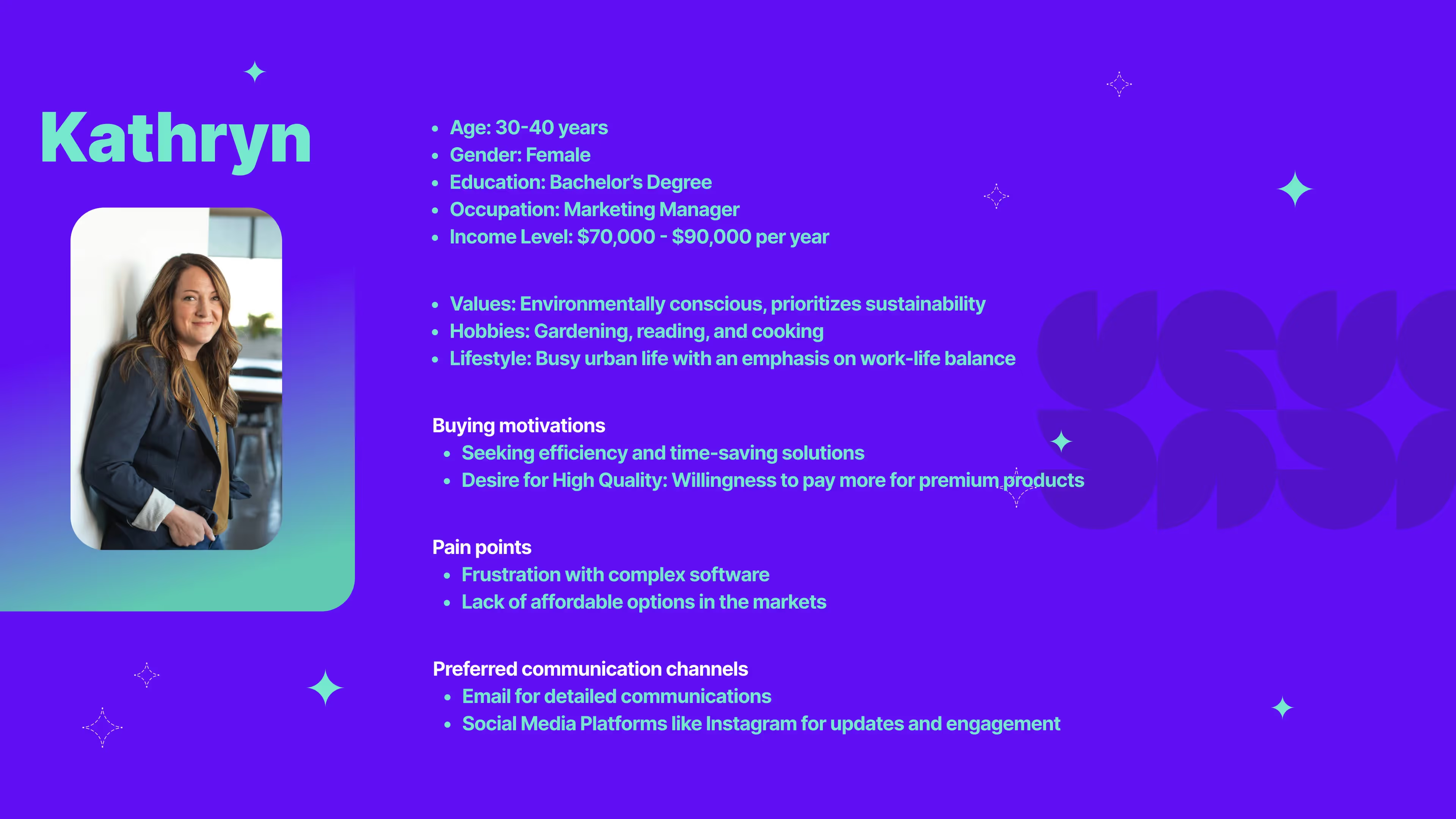
Demographic Information
Your customer persona should begin with basic demographic information that describes your customer's age, gender, education, occupation, and income level. For instance:
- Age: 30-40 years
- Gender: Female
- Education: Bachelor’s Degree
- Occupation: Marketing Manager
- Income Level: $70,000 - $90,000 per year
✨ You can use a demographic survey to collect such information about your target persona.
Psychographic characteristics
Next, focus on psychographic characteristics to understand your customer's attitudes, interests, and lifestyles. Details might include:
- Values: Environmentally conscious, prioritizes sustainability
- Hobbies: Gardening, reading, and cooking
- Lifestyle: Busy urban life with an emphasis on work-life balance
Buying Motivations
Identify the buying motivations that lead customers to choose your product over others. This could involve:
- Seeking efficiency and time-saving solutions
- Desire for High Quality: Willingness to pay more for premium products
Pain Points
Understanding your customer's pain points helps tailor your products to resolve specific issues. Common pain points include:
- Frustration with complex software
- Lack of affordable options in the market
Preferred Communication Channels
Finally, ascertain their preferred communication channels. Knowing where your customers will most likely absorb information enables you to reach them effectively. They might prefer:
- Email for detailed communications
- Social Media Platforms like Instagram for updates and engagement
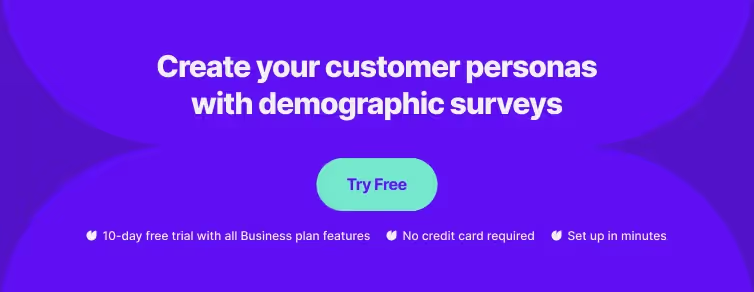
How to apply your target personas in practice
So, you've created your buyer personas, and now it's time to check how they can transform your business practice areas, from marketing campaigns to sales techniques.
Marketing campaigns
When you understand your customer persona, you tailor your marketing efforts to resonate with your target audience.
For example, social media content that appeals to your persona's lifestyle can increase engagement, while email campaigns can be personalized to address their specific needs, leading to higher conversion rates.
Product development process
Your product development gains direction when informed by customer personas.
You’ll focus on features and design elements that solve your personas' pain points, ensuring that new products or updates align with customer expectations.
Customer experience design
Design digital journey by putting the persona at the center. Map out the touchpoints where you can make impactful connections—like optimizing your website's user interface for easier navigation or streamlining customer support for quicker problem resolution.
Sales Techniques
Adjust your sales techniques to reflect the preferences of your customer personas. Use targeted language that speaks directly to the persona's industry, job role, or daily challenges.
Incorporate value propositions that align closely with the persona's goals, making the sales process more effective.
Create customer personas with Survicate
As we wrap up our guide, remember that the creation of a customer persona is not just a task to check off your list; it's an ongoing process that keeps your business attuned to the evolving needs and desires of your audience.
This is where Survicate survey software shines, offering an effortless platform to gather the rich, actionable data that breathes life into your customer personas.
With its user-friendly interface, you can easily deploy surveys across multiple channels, ensuring a comprehensive understanding of your customer base.
Whether you're fine-tuning your marketing strategy, personalizing your product development, or enhancing the customer experience, Survicate provides the insights needed to make informed decisions.
Ready to put theory into practice and bring your customer personas to life? Embark on a journey of discovery with Survicate—sign up for a free 10-day trial of all Business Plan features today.
Frequently Asked Questions
In this section, you'll find concise answers to common questions about customer personas, providing a clearer understanding of their creation, components, and impact on marketing.
What are the differences between customer persona and ideal customer profile?
A customer persona is a detailed character representing an ideal customer, based on demographics, interests, and behaviors, to guide tailored marketing and product development.
An Ideal Customer Profile (ICP) defines the optimal organization or demographic segment for a product, focusing on firmographics like industry and company size for B2B, to direct efficient sales and marketing efforts.
Customer personas are more personal, delving into individual motivations, while ICPs are organizational, concentrating on segment-level attributes.
Personas are used to craft relevant marketing, while ICPs help sales teams prioritize and qualify leads. Both tools are crucial for targeting and converting the most valuable customers effectively.
What are the differences between customer persona and user persona?
User personas represent potential users of a product, focusing on behavior and goals to guide UX/UI design, ensuring product features meet user needs.
Customer personas outline ideal customers, leveraging demographics and purchasing motivations to shape marketing and sales tactics.
User personas address the user experience, including pain points and usage scenarios, while customer personas target the buyer's journey, from awareness to purchase.
Despite their distinct roles—user personas in product development and customer personas in marketing—both are essential for creating solutions that resonate with users and effectively attract and retain customers.
What are the key components of a customer persona template?
Typically, a customer persona template includes demographics, goals, challenges, and preferred channels of communication. This template serves as a foundational tool to represent your ideal customer.
How can customer personas improve marketing strategies?
By outlining the attributes and behavior patterns of your target audience, customer personas allow you to tailor your marketing strategies effectively, leading to higher engagement and conversion rates.
What are the steps involved in creating an effective customer persona?
The steps involve conducting market research, identifying behavior patterns, and consolidating the data into relatable profiles. The process helps in empathizing with and understanding your customer base thoroughly.
How do demographics and psychographics contribute to the development of a customer persona?
Demographics provide tangible data such as age, gender, and location, while psychographics offer insights into customers' attitudes, values, and lifestyles. Together, they form a comprehensive view of customers' identities.
In what ways can customer personas impact digital marketing outcomes?
Customer personas guide personalized content creation, targeted advertising, and user experience design, all of which are crucial for achieving desired outcomes in digital marketing.
What methods are used to gather data for constructing detailed customer personas?
Data collection methods include surveys, interviews, web analytics tools, and social media analysis. This data is essential to form accurate and precise depictions of your customer segments.










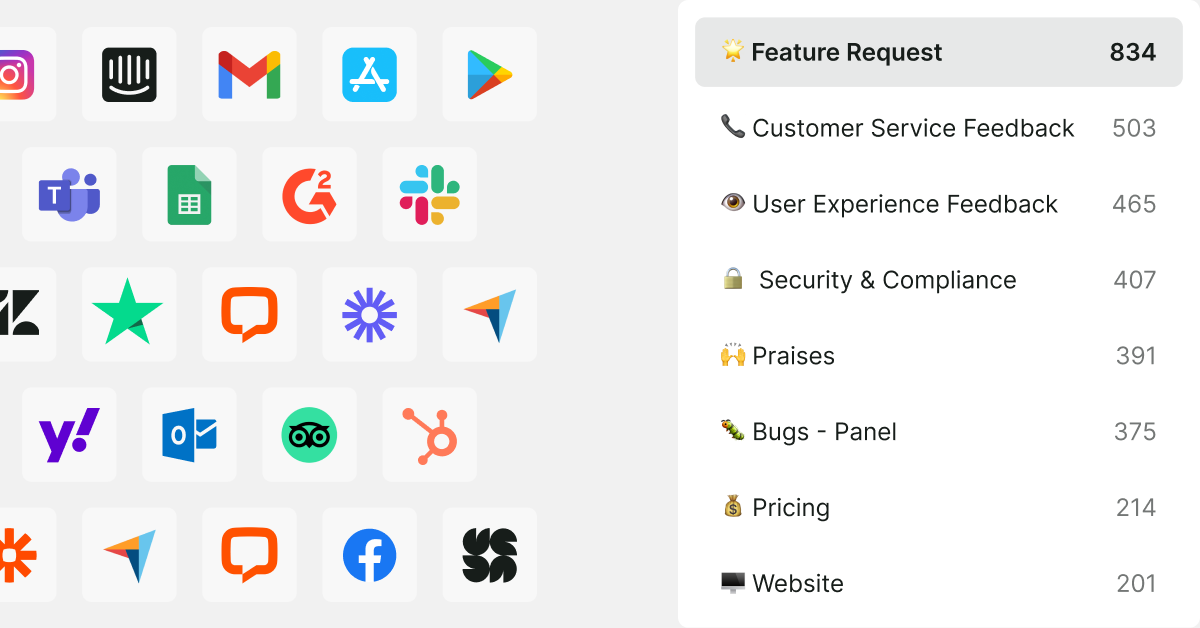
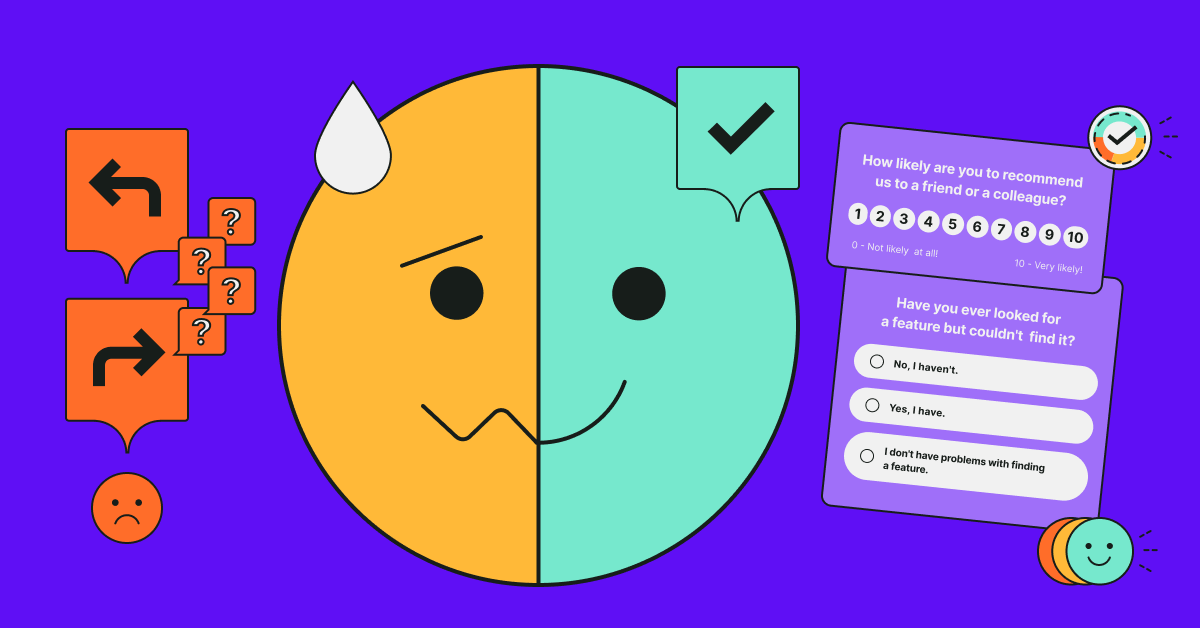

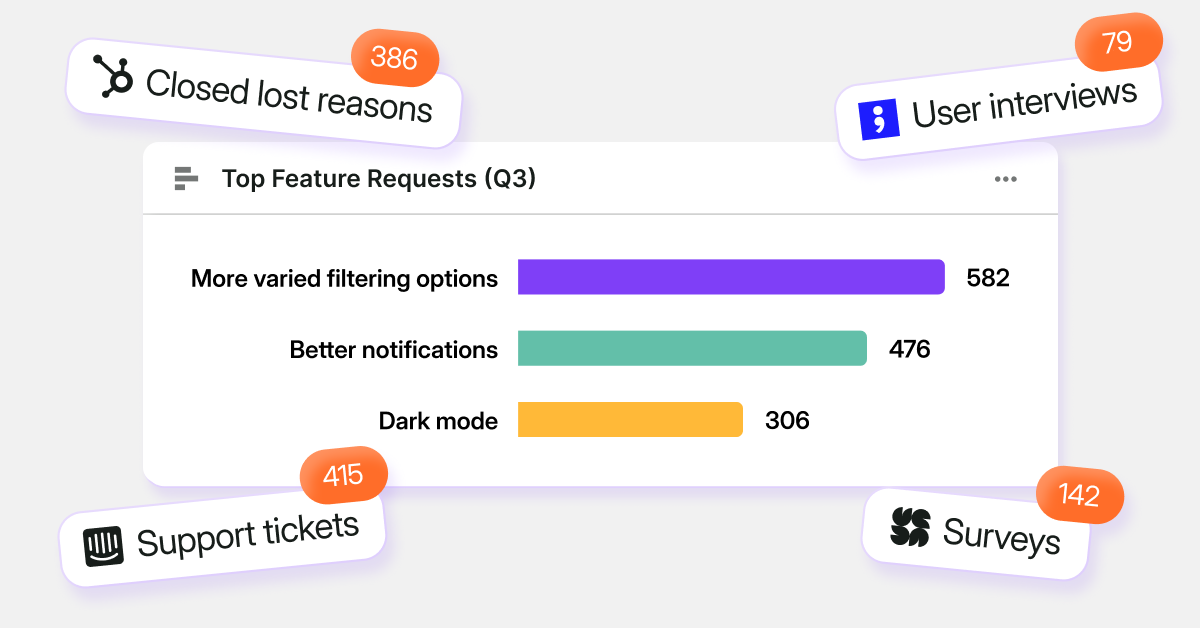
.svg)

.svg)



